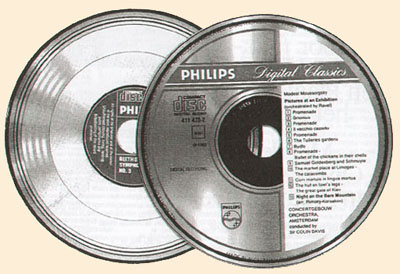“When the morbid appetite for power gets too hard to swallow”
With Director Patrick O’Reilly, Tinderbox Theatre Company are currently in production with their newest play “Ubu The King”, to be performed from 12th-23rd February 2019.
Inspired by Alfred Jarry’s Ubu Roi which caused a riot in Paris in 1906, Tinderbox dare to bring the primal monster to life through a succulent feast of sheer Inventiveness and fearless theatricality.
Theatre of the absurd; “A form of drama that emphasises the absurdity of human existence by employing disjointed, repetitious, and meaningless dialogue, purposeless and confusing situations, and plots that lack realistic or logical development.”
What a play to begin work in! This will be my first professional play that I have worked on with Tinderbox Theatre. and I’ve definitely got a few nerves. How does Patrick work a rehearsal? What can I learn from this production? How does Katie (Tinderbox Composer) fabricate a whole show from just the rehearsal process?
To give myself perspective on how Tinderbox works in the Theatre, I bought myself a ticket for “The Man Who Fell To Pieces” for its final performance, 27th October 2018. This decision was made purposefully, as I’ve noticed that in previous experiences of watching a production more than once, the direction or music/lighting changes here and there, so by watching the final performance, there is a greater chance of experiencing the highest quality show!
Patrick J. O’Reilly’s physical play “The Man Who Fell to Pieces” is an absurd exploration of mental health, and was brilliantly done so. When watching the show, I paid particular attention to how the music was used intelligently, as I took note that the same composer (Katie Richardson) would be working on “Ubu the King”. It was amazing to me to see how thoughtfully music was placed in this, as there was parts that had clearly come from the radio onstage, which was a revelation to me. Something so simple can be so effective!
Then came the rehearsals!
Monday 14th January- MET THE TEAM!
It was decided the team would rehearse and work together 9.30-5pm Monday-Friday, and I will be present Monday 2-5pm and Friday 9.30-5pm.
“Meet and Greet/Design Brief” and looked at “Square/Improv”
Monday 21st January- observed rehearsal, Looked at “Act 3 and 4- Hunger/Destruction/Invasion and War [song]”
Friday 25th January- First met Katie, the Composer for “Ubu the King”. During this conversation, she explained to me the outline of how she would be working on this show musically. Looked at “Reality- Transition moments in reality/Dramaturgy”
This rehearsal was specifically designed for Katie, as Patrick conducted a very rough run through of the structure of the play, and had frequent stops so he could give her notes. Examples of said notes included different ideas such as; “Katie I want elevator music to come from the radio downstage right”, “Katie, we are in Ubu’s world at this point so we are going to need surround sound here to show that, and make it very light-hearted and silly for this point”, “Katie, the actors are counting in 4 and at a certain point I need a big explosion, then sudden silence”. I had learnt in these rehearsals that these ideas are very flexible and open for discussion, as there was times Katie would respond saying whether or not it was plausible to do, and also suggest a lot of ideas during this.
I then sat down to have a chat with Katie about her thought process in and out of the rehearsal room for this particular play. She had noted to me that this would be one of the biggest challenges she would be overtaking for a play, as there is such gravitas and meaning (or absurdity) from beginning to end that the music and sound need to match it! Katie had explained to me that because this is such a big task, she will be working from day-to-night until most likely the final performance! (Confirming my suspicion that the final performance is one of the best possible nights)
She had come to the rehearsal with about 10-15 different musical ideas and concepts, and had put thought into what may be able to work in the context. She had explained that it is very hard to create music for the play that you don’t understand the full context of, and so she rectified this problem by attending rehearsals so she can see what the emotions Patrick is trying to pull from the audience and she can see how she can help it. I learnt that while she had many ideas to bring to the rehearsal, you don’t necessarily apply every music idea to the play, it could happen that you only use 3 or 4 ideas in the final product.
MUSICAL THEMES
Ubu’s World -This is an imaginary world made up by the kitchen porter. To convey this to the audience, there will be loud overwhelming music playing from surround sound. Katie has said the music will be a lot of melodies (potentially clashing together) from blowing in empty bottles and such. This is to highlight we are not in reality
Reality- We are in the Patisserie. The music will be almost non-existent, if not small background music. There will perhaps be a radio playing pop songs that Katie will compose, and the lyrics will be of meaning towards plot of play (politics)
Monday 28th– Katie worked in the studio, I observed the rehearsal, which looked at “Soundscapes, choreography”
Monday 4th February- Katie showed me how she is planning to work the ‘War’ scene. Looked at “War scene motions”
Katie is keeping track of the tempo they are doing and noting when there’s a dramatic motion, for eg. when the cast team up together to fight Ubu then immediate silence as they try to tame him (while feeling terrified. This is one of the final acts of the play so emotions are heightened). Then in the studio she will add music and such to it (music being melodies from blowing into empty glass bottles). That was a large learning curve for me, as I now understand that Katie writes around the actors and director and provides necessary sound and music to help build the tension in the theatre. I had initially thought Katie would come to the tech night with full songs and pieces but now I have learned this is definitely not the case!
We are now in final rehearsals, with 8 days to go before Opening Night! Tickets are available on https://themaclive.com/event/ubu-the-king
Leave your finery at home, and meet us at 7:45pm each evening to dress yourself in our protective clothing, to prepare to experience the culinary delights!
Beth McNally


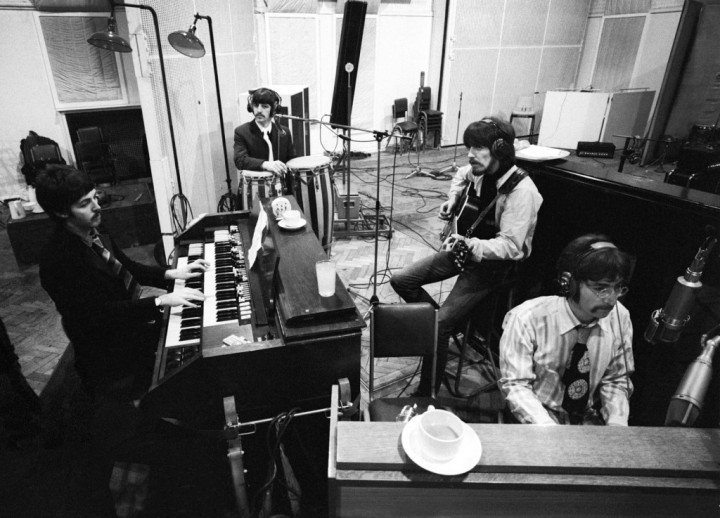
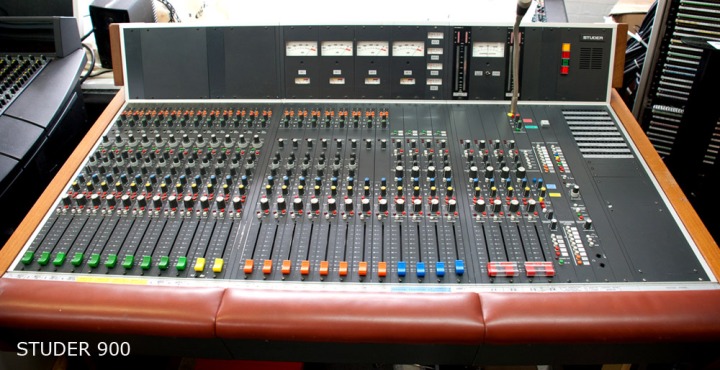


 (En.wikipedia.org, 2017)
(En.wikipedia.org, 2017)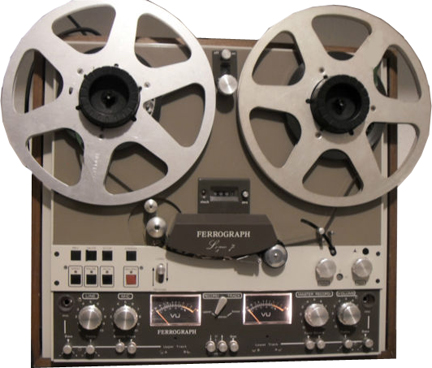
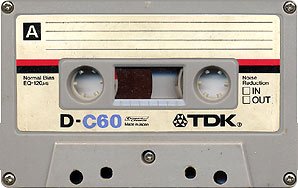 (En.wikipedia.org, 2017)
(En.wikipedia.org, 2017)